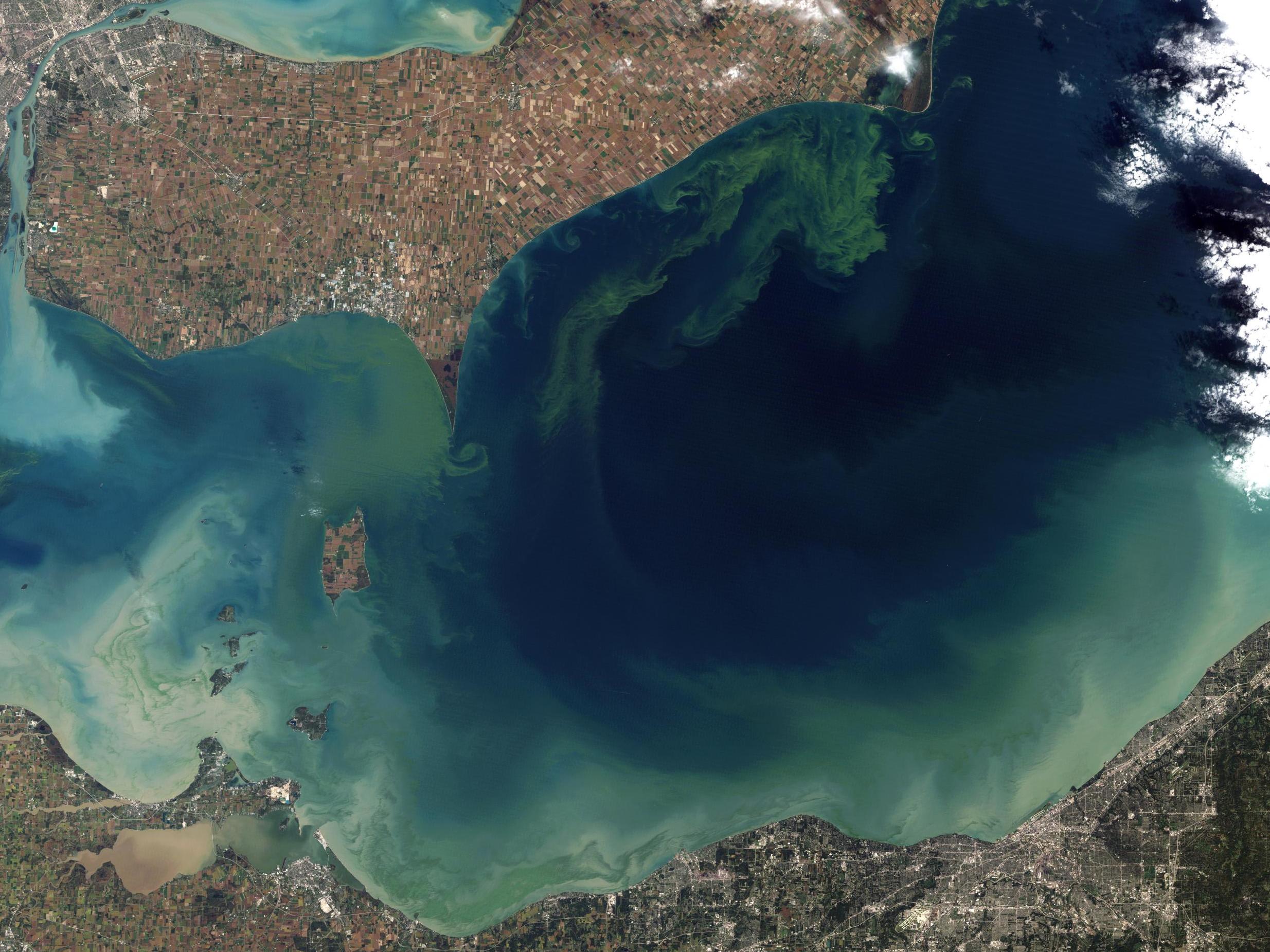Tackle climate change by fertilising ocean with iron, expert says
Iron aerosols could cause ocean forests to develop ‘within weeks’, Sir David King says

Daring geoengineering schemes to suck carbon dioxide out of the atmosphere are increasingly being explored as part of emergency backup plans to save the planet from climate breakdown.
One idea is to fertilise the ocean with iron in order to stimulate algae blooms that absorb carbon dioxide from the sea and also the atmosphere.
This form of geoengineering was first explored back in the 1990s, but now Sir David King, the former chief scientific adviser to the government, is encouraging experts to seriously look at it again.
The Cambridge University professor believes iron aerosols could be dropped into the ocean causing great forests to develop “within weeks”.
He told The Times: “If we look at the shallow oceans, in coastal regions, many used to be very rich in seaweed and kelp... Regreening those areas to encourage seaweed and kelp back is a relatively simple matter, and technically feasible at low cost”.
More controversially, Sir David believes iron could also be used in the deep ocean to stimulate phytoplankton. This could be a way of boosting a natural carbon “sink” because algal blooms convert sunlight into chemical energy using carbon dioxide dissolved in seawater.
According to research by the National Oceanography Centre in Southampton, iron-rich regions have between two and three times as much carbon sequestered in seafloor sediments. These sediments would have built up over thousands of years as algal blooms die and sink to the ocean floor, taking their carbon with them.
Sir David, who is set to discuss the idea at the Royal Institution on Thursday evening, believes algal blooms could also increase fish stocks.
“Within a relatively short time we can be confident billions of fish will be feeding off this, and repopulating of the oceans occurs,” he said.
However, other scientists believe the ambitious plan has serious shortcomings.
Professor Andrew Watson from the University of Exeter worked on the original studies on this topic back in the 1990s. He told The Independent there were still “poorly known downside risks” to fertilising the oceans.
“While it is true that carbon dioxide could be removed from the atmosphere by iron fertilization of some regions of the ocean – the Southern Ocean for instance - to do this at a scale that would really make a contribution to slowing global warming would entail changing the ecology of large ocean regions,” he said.
Professor Watson believes that one potential downside is reducing oxygen in the subsurface of the ocean, which could lead to the production of other greenhouse gases.

“Much more research is needed therefore, before any attempt to try iron fertilisation at such a scale. There is no way that iron fertilisation can substitute for the first line of action against climate change, which is to reduce our emissions,” he said.
Dr Christian Maerz, associate professor in Biogeochemistry at the University of Leeds said the main problem with iron fertilisation is that not much of the dead algal biomass makes it down to the seafloor.
Dr Maerz told The Independent: "Most of them get degraded within the top 100 metres of the ocean, eaten up by microbes, and most of the sequestered carbon dioxide gets returned to the atmosphere. And even at the seafloor, degradation processes continue.
"So the main issue with iron fertilisation seems to be – leaving aside the potentially fundamental but poorly constrained impacts that this activity has on the ecosystem – that not much of the sequestered carbon dioxide actually makes it into the seafloor."
Join our commenting forum
Join thought-provoking conversations, follow other Independent readers and see their replies
Comments
Bookmark popover
Removed from bookmarks